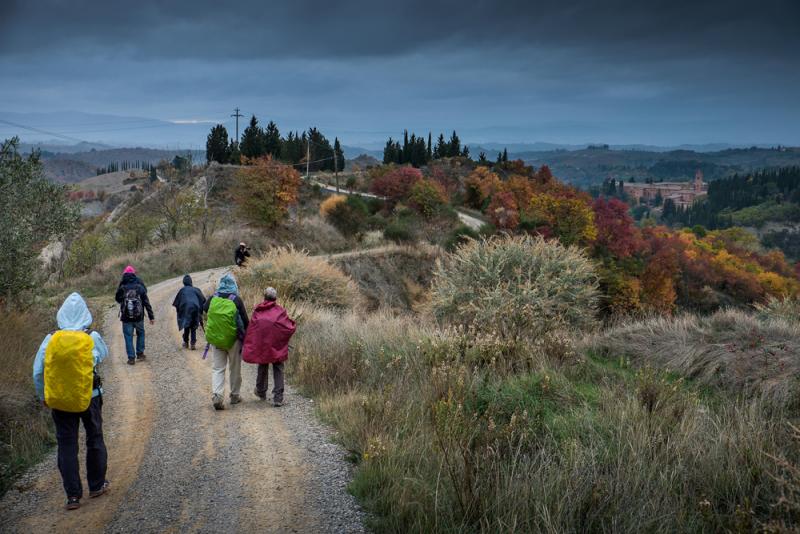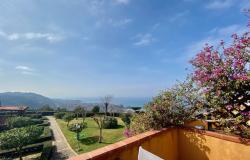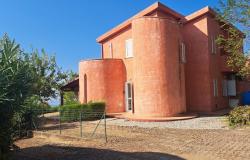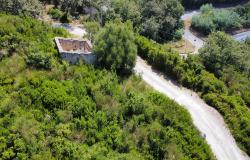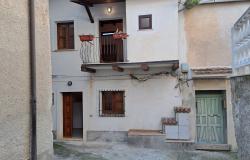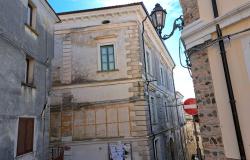In an attempt to divert visitors from overcrowded spots and to promote a slower pace of travel, the Italian culture ministry has launched Cammini d’Italia, an online portal that presents 44 routes people can walk, bike or even horse-ride, among natural landscapes, historic villages, traditional food experiences, in places often untouched by mass tourism, sometimes even on the verge of abandonment by the residents themselves.
At ITALY Magazine, we often strive to promote lesser-known destinations, not because you shouldn’t see Rome, Florence and Venice, but because Italy is so much more than picture-perfect monuments and views, and walking especially allows you to experience the country on a deeper level. We think the Cammini d’Italia is a worthy initiative. So why not add a ‘cammino,’ or even just a portion of it, to your Italy trip in 2018? You could add it at the end of a city break for example.
There are so many to choose from, depending on the region you’re visiting, length, strenuous level, but there’s certainly something for everyone, those who prefer Alpine landscapes, those want to walk in the footsteps of literary greats like Dante, or saints life Francis of Assisi, those who want to immerse themselves in nature and those who want to get into the history of a place.
Here are some examples of walking routes featured on the Cammini d’Italia website.
Via Romea Nonantolana
In the Middle Ages, the roads leading to Rome were identified as ‘Vie Romee’. Via Romea Nonantolana is one of them and stands out for its historic and cultural significance. It takes its name from the Abbey of Nonantola, which dates to 725; Nonantola, 10km from Modena, is the starting point of the route, in the region of Emilia-Romagna.

The Via Romea Nonantolana includes two itineraries, the so-called Western Itinerary and Eastern Itinerary. The first is the one used in the past to connect Modena in Emilia-Romagna with Pistoia in Tuscany, as specified in an agreement between the two cities signed in 1225; it is 110 km long and can be walked in six stages. It reaches the Passo of the Croce Arcana in the Modenese Apennines, passing by the main castles and monuments of the Middle Ages built in the area.
The Eastern Itinerary traverses the Regional Park of the Sassi di Roccamalatina, with its bizarre rock formations, and well preserved agricultural landscapes, and heads toward Fanano in the Apennine mountains, along the right bank of the Panaro river. It is 93 km long and can be walked in four stages.
Sentiero del Brigante

With an intriguing name, the Sentiero del Brigante is a 120-km walk (9 stages) developing over the ridges of the Aspromonte in the southern region of Calabria. The name given to this itinerary is inspired by the bandits who, in the past, used this high altitude route, about 1000 meters above sea level, the so-called 'Via Grande', which was removed from urban centers, to escape capture.
The Sentiero del Brigante can also be walked in short stretches, for those who wish a close contact with nature and a chance to get authentic insights into the local history and traditions, without having to tackle a too strenuous walk.
Sentiero della Pace

The ‘Trail of Peace’ touches on the sites and memories of the First World War, mostly on former military roads, passing alongside trenches, fortifications, and barracks, which still stand as reminders of the millions of deaths caused by the war.
The entire itinerary, 520 km, goes from the Passo del Tonale to the Marmolada, traversing three regions, Trentino-Alto Adige, Lombardia and Veneto, and requires at least a month's walk. But you can also just walk parts of it.
Since it is mostly in Alpine territory, it is best to walk it in summer, from 20 June to 20 September, which is also when mountain huts are open for overnight stays.
For more info on the routes, visit the Cammini d’Italia website.
